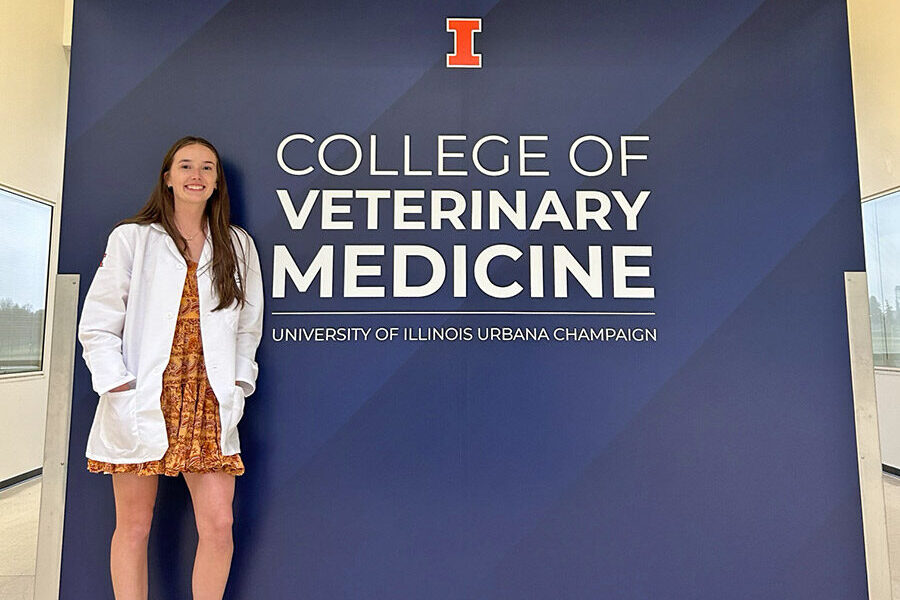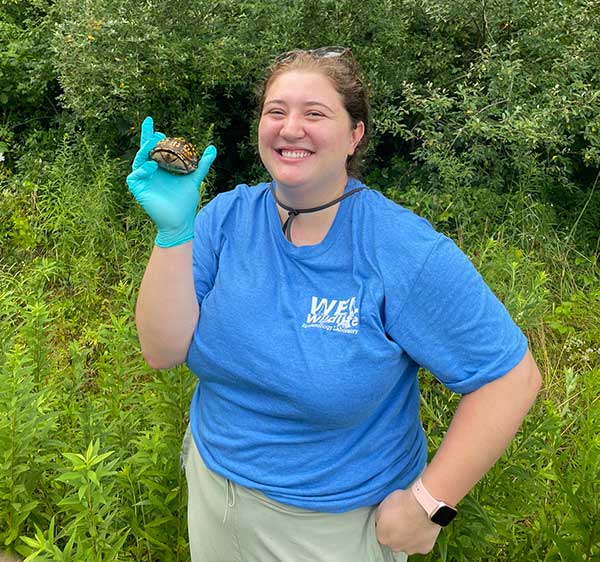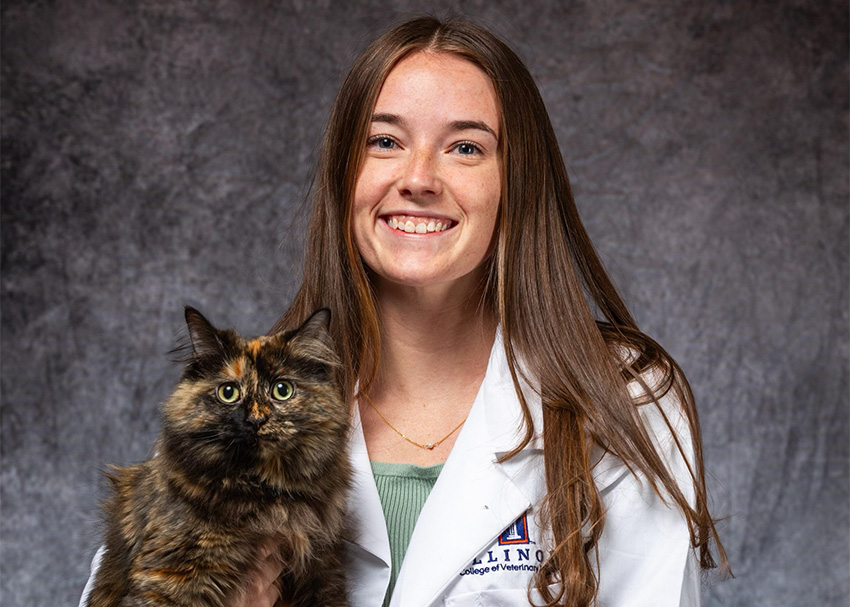Last weekend, the Illinois Student Chapter of the World Aquatic Veterinary Medical Association (ISCWAVMA) hosted a pinniped necropsy wet lab with Dr. Kathleen Colegrove at Brookfield Zoo. We arrived at Brookfield Zoo early on Saturday morning to meet Dr. Colegrove. Dr. Colegrove first gave us a tour of the Zoologic Pathology Program’s (ZPP) space at Brookfield Zoo, then gave a presentation about marine mammal necropsy techniques and current marine mammal projects that ZPP is involved in. After that, we had the opportunity to ask Dr. Colegrove questions about careers in aquatic animal medicine before heading over to the necropsy ward. We changed into our necropsy gear and were ready to learn.
The specimen for necropsy was a juvenile free-ranging female California sea lion. First, we assessed a body condition score to have a better idea of what condition the animal was in when it died. Dr. Colegrove then showed us common places for venipuncture in California sea lions. After, we performed a necropsy to determine a possible cause of death and to learn California sea lion anatomy. We then looked at preserved tissues to put our new knowledge about California sea lion pathology to the test by identifying the pathologic processes that had occurred. Once back in our street clothes, we toured Brookfield Zoo’s Animal Hospital with Dr. Karisa Tang, who is a resident in the joint zoo medicine residency program. After the tour, we were able to spend the rest of the afternoon touring the zoo.
I would like to thank Michael Denk, a veterinary student from Kansas State University College of Veterinary Medicine, for initially giving me the idea for the lab during AQUAVET® I; Dr. Cindy Driscoll for connecting me to Dr. Colegrove; Dr. Tang for the hospital tour; and lastly, a huge thank you to Dr. Colegrove for sharing her time and expertise to plan and facilitate this lab. ISCWAVMA looks forward to bringing more opportunities in aquatic veterinary medicine to its members in the future.
—Sarah Wright, second-year veterinary student
(Pictured above are ISCWAVMA members who participated in the lab; on the far right is Dr. Karisa Tang. Photo courtesy of Sarah Wright.)




